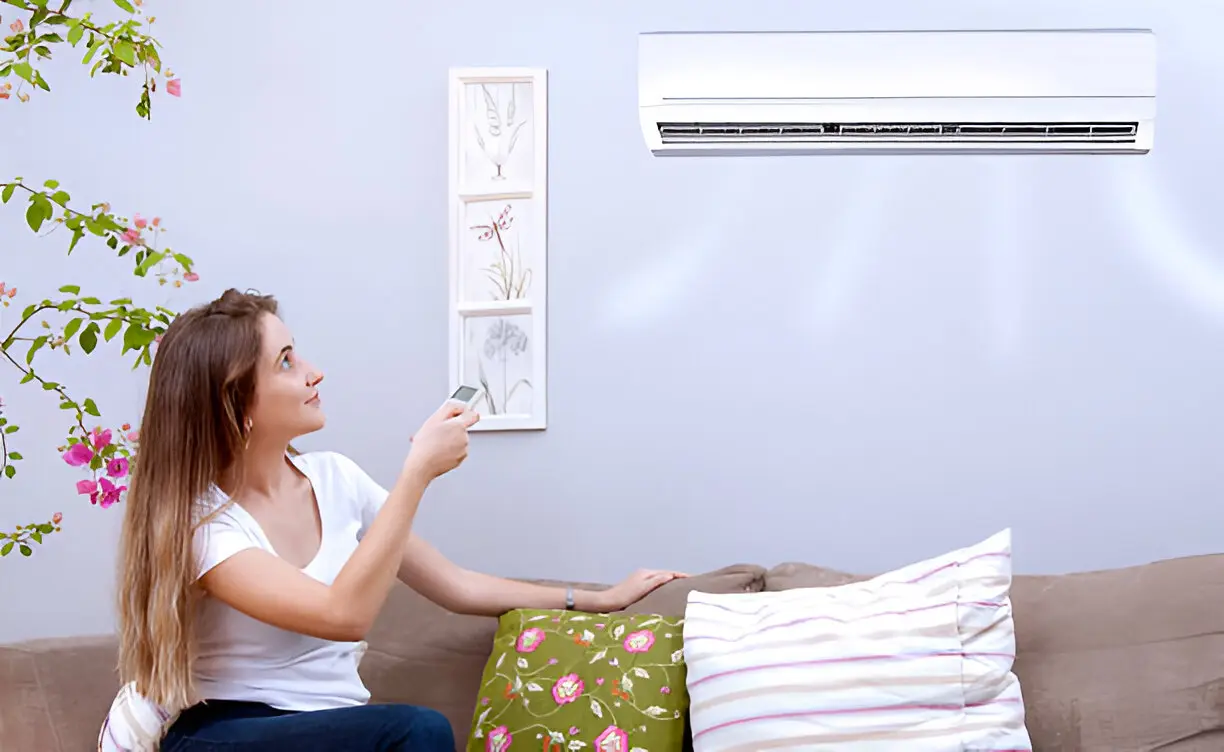When summer heats up, a reliable air conditioner becomes a necessity. But what happens when your cooling system stops keeping your home comfortable? If your AC runs constantly but isn’t cooling effectively, there could be several reasons for its poor performance. Identifying the cause is the first step to restoring comfort. Let’s look at the most common issues and how to fix them.
Dirty Air Filters Can Choke Your System
A clogged air filter is a common cause of reduced AC performance. Dust and debris restrict airflow, making it harder for cool air to circulate through your home. This strains your AC and lowers indoor air quality. Regularly cleaning or replacing filters improves airflow, reduces system stress, and keeps temperatures consistent.
Low Refrigerant Levels Reduce Cooling Power
Refrigerant is essential for cooling. Without enough, your system can’t remove heat effectively. Low levels are often due to leaks or improper charging. Signs include warm air from vents, ice on refrigerant lines, or a hissing sound. A professional inspection and recharge are crucial to fix these issues. For those using air conditioning in Tempe, proper refrigerant levels are key to handling the intense heat.
Dirty or Blocked Condenser Coils
The outdoor condenser unit removes heat from your home, but dirt, grass, and debris can build up on the coils over time, reducing efficiency. This forces the system to work harder and lowers cooling performance. To keep it running smoothly, regularly clean the coils, especially in dusty or dry climates where debris builds up quickly.
Thermostat Issues
Sometimes the issue isn’t your air conditioner but the thermostat. A faulty or inaccurate thermostat can disrupt your system by sending wrong signals. Dead batteries or incorrect settings may also cause cooling problems. Check that the thermostat is set to “cool” and the temperature is lower than the room’s. If the problem persists, consider recalibrating or replacing the thermostat.
Leaky or Damaged Ductwork
Your air conditioning relies on ductwork to distribute cool air throughout your home. But leaks, holes, or disconnected sections can waste cooled air, causing uneven temperatures, longer AC runtimes, and higher energy bills. Professional duct inspection and sealing can improve efficiency, restore comfort, and cut unnecessary costs.
Aging Equipment
With proper maintenance, air conditioners typically last between 10 and 15 years. However, as they age, wear and tear can reduce their efficiency and lead to frequent repairs. If your unit is approaching the end of its lifespan, upgrading to a modern AC might be a smart move. Today’s systems provide more dependable cooling and significantly better energy efficiency, making them ideal for year-round comfort.
Electrical Problems
Issues like faulty wiring, tripped breakers, or failing capacitors can disrupt your system’s performance. In some cases, the system may power on, but the compressor fails to engage, causing the fan to run without delivering cool air. These problems require the expertise of a trained technician to ensure safe repairs, prevent further damage, and restore proper functionality.
Conclusion
If your home feels warmer than it should and your AC is struggling to keep up, it’s time to take a closer look. Issues like clogged filters, low refrigerant levels, or aging components can quickly escalate if left unchecked. Catching these problems early not only saves you money but also prevents further damage. For those relying on air conditioning, regular maintenance and prompt repairs are essential to ensure your system runs efficiently. Don’t ignore the warning signs—schedule a check-up and stay cool when the temperatures rise.
Also Read-VR Casinos: Are Virtual Reality Games the Future of Gambling?
